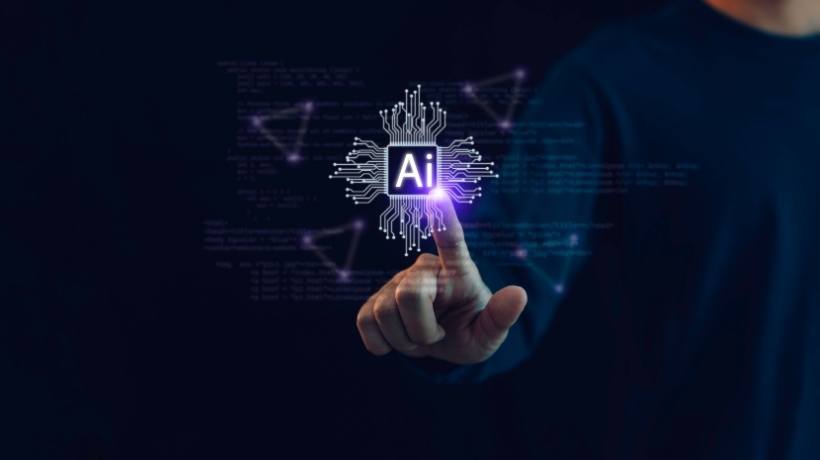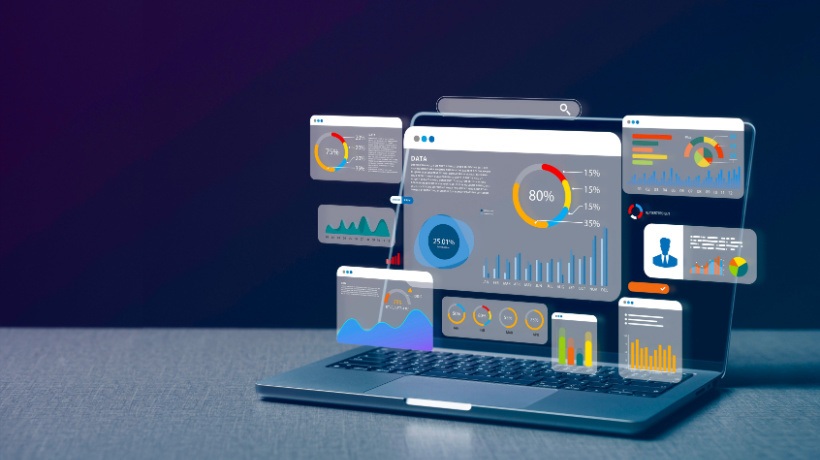Which Power Skills Do L&D Pros Need?
Only 10% of L&D professionals worldwide feel confident their workforce has the skills to meet business goals in the next 12–24 months [1]. That's not just a number; it's a flashing red light for learning leaders. With AI adoption accelerating, hybrid work embedding itself, and Gen Z reshaping workplace culture, traditional learning strategies need to be upgraded. This new generation brings a preference for continuous learning, digital collaboration, and purpose-driven work—expectations that are redefining how organizations design and deliver learning. Corporate leaders now expect L&D to deliver measurable performance outcomes beyond mere training courses. For L&D professionals, this means building a talent transformation strategy powered by new skills that will make or break their relevance in 2026. These are the 7 must-have power skills for L&D leaders and how to activate them.
7 L&D Power Skills For 2026
1. Strategic Alignment Through Talent Transformation Strategy
Training must stop being a standalone initiative. Instead, it should align directly with organizational goals like productivity, retention, and innovation. A talent transformation strategy ensures learning is not just about knowledge transfer but also about embedding the right skills into workflows. This alignment allows L&D leaders to prove ROI, strengthen business credibility, and secure executive sponsorship for future programs.
2. Delivering Impact With Microlearning Solutions
With employees balancing hybrid schedules and shorter attention spans, concise and focused learning formats are proving far more effective than lengthy lecture-style modules. A study found that microlearning can increase retention rates by up to 80% by focusing on single, well-defined concepts. For L&D leaders, mastering microlearning design is a powerful skill. It enables training that fits seamlessly into daily routines, increasing engagement and completion rates.
3. Driving Engagement Through Gamified Learning Solutions
Employee engagement remains a pivotal challenge—and well-crafted gamified learning solutions offer a potent solution. By weaving in elements like leaderboards, rewards, and challenges, learning becomes motivating and participatory. In fact, 90% of employees say gamification makes them more productive at work, underscoring its impact on both motivation and performance [2].
For L&D leaders, the real power lies in designing gamified experiences that reinforce critical business competencies, not merely entertain, so that learning becomes both impactful and memorable.
4. Modernizing First Impressions With Employee Onboarding Training Solutions
Onboarding is one of the most defining moments in the employee lifecycle. Effective employee onboarding training solutions accelerate time-to-productivity, strengthen retention, and set the tone for long-term engagement.
For 2026, onboarding must be digital-first, personalized, and scalable, integrating compliance, role-specific knowledge, and cultural immersion seamlessly. L&D leaders who master these necessary onboarding skills ensure every new hire feels confident and connected from day one.
5. Tailoring Journeys With Custom Corporate Employee Onboarding Training
Today's workforce is more diverse and dynamic than ever, and onboarding offers the opportunity to reflect that richness. Custom corporate employee onboarding training makes it possible to design learning journeys that align with specific roles, industries, and geographies.
In addition, tailored experiences accelerate confidence in new hires, foster relevance from day one, and strengthen long-term loyalty. The true L&D power skill lies in creating onboarding that adapts seamlessly to each learner, building both performance and connection.
6. Harnessing Data And Learning Analytics
While learning has always been expected to deliver results, today's expectations go much deeper. L&D leaders are now required to demonstrate how learning directly influences business performance—linking programs to metrics like sales growth, compliance adherence, and customer satisfaction.
The real power skill lies in translating these insights into a compelling narrative that executives can act on, positioning learning as a strategic engine for organizational success.
7. Designing For Mobility And Accessibility
Today's workforce is mobile, distributed, and increasingly global. That makes mobile-first, accessible design non-negotiable. Learning experiences must thus adapt to devices, time zones, and languages while maintaining inclusivity for all employees.
L&D leaders who embrace this skillset create training that employees actively choose to engage with because it meets them where they are.
To conclude, the discussed 7 L&D power skills are mission-critical. But here's the challenge: Embedding that microlearning, gamification, custom onboarding, and analytics into your programs requires more than tools. It requires a talent transformation strategy backed by expert consulting. By partnering with specialists in talent transformation, L&D leaders can therefore:
- Align training programs to business strategy.
- Deliver measurable ROI through data-driven design.
- Scale impactful learning across diverse employee groups.
The leaders who act now will shape the future of their workforce—and secure their seat at the executive table.
References:
[1] 2025 Global Skills Intelligence Survey
[2] 25+ Gamification Statistics You Need to Know in 2025









